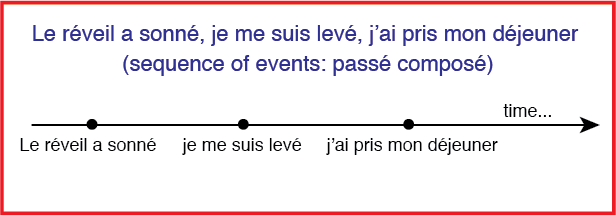

The plusqueparfait is the compound form of the imperfect and is formed by using the imperfect of the appropriate helping verb ( avoir or tre) + the past participle of the verb. Treat the past participle just like you would if it were in passé composé. The plusqueparfait (the pluperfect) indicates that an action had taken place and had been completed before another past action took place. Put the auxiliary verb (être or avoir) in imparfait to match the subjectĢ. The plus-que-parfait is a composed tense, which means that it is composed of an auxiliary verb and a past participle.ġ. We use it to talk about an action or situation that took place before another past. For example, I had already finished dessert by the time my husband came home. Le plus-que-parfait corresponds to the past perfect tense in English. In English, the plus-que-parfait is referred to as the pluperfect or the present perfect and is crafted with the word had. It’s a nice verb tense because it is a combination of previously learned tenses – there is nothing new in this tense, just a different combination of two tenses that you already know. Plus-que-parfait (pluperfect) This is the verb tense that took me the longest to employ in everyday language. elle avait habité en France avant de venir en. This tense is the equivalent to had verbed in English. What is the pluperfect and when do we use it The pluperfect is used to talk about actions further back in the past - events that had happened.


 0 kommentar(er)
0 kommentar(er)
